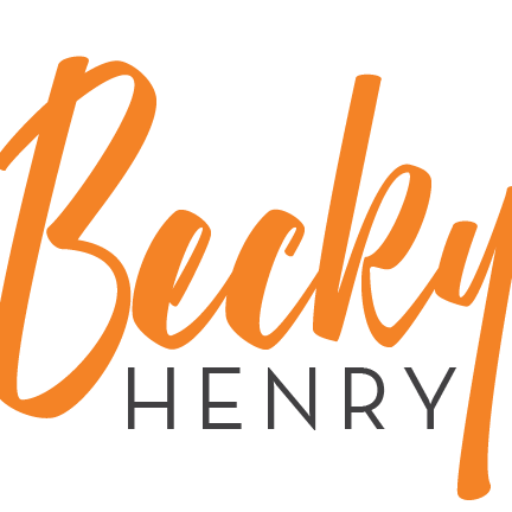
When family members of those with eating disorders come to me in distress, one of the top topics on their minds, after beginning to tackle fears, is how to communicate with both their loved one and with the treatment team.
 Sadly, treatment teams have typically not met us when we were not in crisis… therefore often see us as; overly reactive, anxious, controlling and overall not very functional. Well of course we are not at our best…our loved one has a very deadly mental illness from which 23 people die every single day in America.
Sadly, treatment teams have typically not met us when we were not in crisis… therefore often see us as; overly reactive, anxious, controlling and overall not very functional. Well of course we are not at our best…our loved one has a very deadly mental illness from which 23 people die every single day in America.
It would be an ABNORMAL reaction to be; calm, rational and objective. As John Green is quoted as saying, “We are called to handle the unholdable.” They are often meeting us on one of the WORST days of our lives and our hearts are shattered to bits, we are in a fear response and we are desperate for help.
When we are having this very normal reaction to a very abnormal situation we are also tasked with becoming a calm, compassionate, confident, educated caregiver who is willing to do their own parallel process and look at how our behaviors may or may not be helping our loved one. Which can often feel like we are under the microscope and can cause even more distress.
No big deal…for SUPERWOMAN…or a very well trained professional who is not emotionally attached to the “child” who is needing support.
So today I’m sharing 3 tips from the Communication Topic in my HUG Kits which provide Hope, Understanding and Guidance for family caregivers.
- Learn how and why to become an effective part of your loved one’s treatment team. It may help you to know that research that shows that people with anxiety recover much quicker and better when caregivers are less anxious and have support. One place to start is this blog post: How To Support a Loved One with an Eating Disorder
- Practice new skills for communicating with both your loved one and the team. I go into greater detail in both the video and the guidebook in the HUG Kits, for now you may want to pick one of these to practice: A. For responding to distress, “That must be hard.” B. Using “I” statements. C. When you feel defensive, “The story I am telling myself is…”
- Create agreements with your fellow family caregivers, the professional treatment providers as well as your loved one in recovery. This can look different for every family. It may or may not be a contract. It might be a verbal agreement to a loving boundary. Here is an article on boundaries that may serve you while you’re creating agreements: https://www.eatingdisorderfamilysupport.com/blog/three-reasons-to-set-firm-boundaries-and-enforce-them
A question I often ask my coaching clients who are working on these communication pieces to ask themselves is:
“What can we put into place so we can learn to be firm about agreements and consequences and not give in?”
Many parents, partners and siblings have told me they would do ANYTHING to help their loved one. Sometimes SELF-CARE is the ONE thing that is most needed. Sometimes it is the ONLY thing that the family caregiver can do. Will you start now? We’ve made it super easy with the HUG Kits. Buy it now and get started.
I’ll leave you with this question to ponder, “If you would do anything to save your family member, would you be willing to learn how to stop rescuing them?” Will you start now by learning to communicate more effectively?
Which area will you learn about today? You can find many resources on my website here.
Take care,

